Home>Articles>How To Cook Filet Mignon On George Foreman Grill


Articles
How To Cook Filet Mignon On George Foreman Grill
Modified: October 19, 2024
Learn how to cook delicious filet mignon on your George Foreman Grill with our informative articles. Impress your guests with restaurant-quality steaks at home.
(Many of the links in this article redirect to a specific reviewed product. Your purchase of these products through affiliate links helps to generate commission for Storables.com, at no extra cost. Learn more)
Introduction
Welcome to the world of grilled perfection! There’s nothing quite like sinking your teeth into a juicy and tender filet mignon, perfectly cooked on a George Foreman grill. Whether you’re a seasoned cook or a novice griller, cooking filet mignon on a George Foreman grill is a simple and delicious way to enjoy this delectable cut of beef.
In this article, we will guide you through the step-by-step process of preparing and cooking filet mignon on a George Foreman grill. We’ll cover everything from choosing the right filet mignon, to seasoning the meat, and finally, achieving the perfect level of doneness.
So, let’s fire up the grill and get ready to impress your taste buds with a mouthwatering filet mignon feast!
Key Takeaways:
- Elevate your grilling game by choosing high-quality filet mignon with marbling, aging, and thickness in mind. Properly prepping, seasoning, and cooking on a George Foreman grill will result in a mouthwatering masterpiece.
- Achieve grilling perfection by preheating your George Foreman grill, seasoning your filet mignon, and using the right cooking time and temperature. Check for doneness using a meat thermometer, finger test, or color cues, and remember to let your steak rest before serving.
Read more: How To Cook Filet Mignon On The Stove Top
Choosing the Right Filet Mignon
When it comes to cooking filet mignon on a George Foreman grill, it’s important to start with high-quality meat. Filet mignon is known for its tenderness and buttery texture, making it a favorite among steak enthusiasts. Here are a few tips for choosing the right filet mignon:
- Look for marbling: Marbling refers to the flecks of fat within the muscle tissue. The presence of marbling is crucial for a tender and flavorful filet mignon. Choose cuts with a good amount of marbling to ensure a juicy and delicious steak.
- Opt for aged meat: Aged meat tends to be more tender and flavorful compared to freshly cut meat. Look for filet mignon that has been aged for at least 21 days to enhance its taste and texture.
- Consider the thickness: Filet mignon typically comes in various thicknesses, ranging from 1 to 2 inches. Thicker cuts are ideal for achieving a perfectly cooked steak with a juicy and pink center. However, thinner cuts can also work well if you prefer a faster cooking time.
- Choose grass-fed or grain-fed: When it comes to the diet of the cattle, you have two options – grass-fed or grain-fed. Grass-fed filet mignon tends to have a more pronounced flavor, while grain-fed filet mignon is known for its tenderness. Choose based on your personal preference.
- Buy from a trusted source: To ensure the quality and freshness of your filet mignon, it’s important to buy from a reputable butcher or supplier. Look for a supplier that prioritizes sustainable and ethical practices.
By keeping these tips in mind, you can ensure that you’re starting with the best possible filet mignon for your George Foreman grill adventure.
Preparing the Filet Mignon
Before we fire up the George Foreman grill, we need to prepare the filet mignon for cooking. This involves a few simple but important steps to ensure that the steak is ready to be grilled to perfection:
- Trim excess fat: Take a sharp knife and trim any excess fat from the filet mignon. While a bit of fat can enhance the flavor, too much can cause flare-ups and lead to a greasy steak.
- Bring the steak to room temperature: Allow the filet mignon to sit at room temperature for about 30 minutes before cooking. This helps to ensure even cooking and results in a more tender steak.
- Pat the steak dry: Use paper towels to pat the filet mignon dry. This will remove any excess moisture on the surface, helping the steak to sear properly and develop a delicious crust.
By following these preparation steps, you’ll be well on your way to achieving a juicy and flavorful filet mignon on your George Foreman grill.
Preheating the George Foreman Grill
Now that your filet mignon is prepped and ready, it’s time to preheat your George Foreman grill. Preheating is essential to ensure even cooking and to create those beautiful sear marks on your steak.
- Plug in the grill: Start by plugging in your George Foreman grill and placing it on a heat-resistant surface, such as a countertop or table. Make sure it’s in an open and well-ventilated area.
- Close the grill: Close the grill lid and allow it to heat up for at least 5 minutes. This will ensure that the grill plates reach the desired temperature.
- Check the indicator light: Most George Foreman grills have an indicator light that turns on when the grill is preheated. Keep an eye on this light to know when it’s time to start cooking.
It’s important to note that the exact preheating time may vary depending on the model and size of your George Foreman grill. Refer to the manufacturer’s instructions for specific guidelines.
By preheating your grill, you’ll create the perfect cooking environment for your filet mignon, resulting in a well-cooked and flavorful steak.
Seasoning the Filet Mignon
Now that your George Foreman grill is preheating, it’s time to season your filet mignon. Seasoning is key to enhancing the natural flavors of the steak and adding a delicious kick to your dish. Here are a few simple steps to follow:
- Brush with oil: Lightly brush both sides of the filet mignon with a high-heat cooking oil, such as canola or avocado oil. This will help prevent sticking and promote a crispy exterior.
- Season with salt and pepper: Sprinkle both sides of the steak generously with kosher salt and freshly ground black pepper. These basic seasonings help to bring out the natural flavors of the beef.
- Add optional seasonings: If desired, you can customize the flavor of your filet mignon by adding additional seasonings. Options include garlic powder, onion powder, paprika, or a favorite steak seasoning blend. Rub these seasonings onto the steak for added flavor.
Remember, the amount of seasoning is a matter of personal preference. Feel free to adjust the seasonings based on your own taste preferences.
By properly seasoning your filet mignon, you’ll create a flavorful and enticing crust on the steak while enhancing the overall taste of the dish.
Make sure to preheat your George Foreman Grill for at least 5 minutes before cooking the filet mignon. This will help ensure a nice sear on the outside while keeping the inside juicy and tender.
Read more: How To Cook On A George Foreman Grill
Cooking the Filet Mignon on the George Foreman Grill
With the filet mignon seasoned and the George Foreman grill preheated, it’s time to start cooking! Follow these steps to achieve a perfectly cooked filet mignon on your grill:
- Place the steak on the grill: Open the grill and carefully place the seasoned filet mignon on the hot grill plates. Ensure that the steak is positioned evenly on the grilling surface.
- Close the grill: Close the grill gently, allowing the steak to make full contact with the hot grill plates. This will help create those appealing grill marks and promote even cooking.
- Cooking time and temperature: The cooking time will depend on the thickness of your filet mignon and your preferred level of doneness. As a general guideline, a 1-inch thick steak will take approximately 4-6 minutes for medium-rare, 6-8 minutes for medium, and 8-10 minutes for well-done. Adjust the cooking time as needed.
- Avoid overcooking: Filet mignon is a tender cut of meat, so it’s important to avoid overcooking. Keep a close eye on the steak and use a meat thermometer to check for doneness. For medium-rare, the internal temperature should reach 135°F (57°C), for medium it should be 145°F (63°C), and for well-done, it should be 160°F (71°C).
It’s important to note that cooking times may vary depending on the specific model and heating capacity of your George Foreman grill. Always refer to the manufacturer’s instructions for suggested cooking times.
By cooking the filet mignon on your George Foreman grill, you’ll achieve a beautifully seared exterior and a juicy, tender interior that will have your taste buds dancing with delight.
Checking for Doneness
Checking for doneness is a crucial step to ensure that your filet mignon is cooked to your desired level of perfection. Here are a few methods you can use to check the doneness of your steak:
- Using a meat thermometer: Insert an instant-read meat thermometer into the thickest part of the filet mignon. Look for the recommended internal temperature based on your desired level of doneness (135°F/57°C for medium-rare, 145°F/63°C for medium, and 160°F/71°C for well-done).
- Using the finger test: If you don’t have a meat thermometer, you can use the touch test. Gently press the center of the steak with your index finger. If it feels soft and has some resistance, it is likely medium-rare. If it feels slightly firm but still has some give, it is likely medium. If it feels firm and springy, it is likely well-done.
- Checking the color: Another visual cue for doneness is the color of the meat. Medium-rare steak will have a bright pink center, medium will have a slightly pink center with a touch of pink juice, and well-done will have little to no pink juice.
Remember that the filet mignon will continue to cook slightly as it rests, so it’s best to remove it from the grill when it is a few degrees below your desired level of doneness.
By using these methods to check for doneness, you’ll be able to achieve the perfect level of cooking for your filet mignon on the George Foreman grill.
Resting and Serving the Filet Mignon
After your filet mignon has reached the desired level of doneness, it’s important to let it rest before serving. Resting allows the juices within the steak to redistribute, resulting in a more tender and flavorful bite. Here’s how to properly rest and serve your filet mignon:
- Remove from the grill: Carefully remove the filet mignon from the George Foreman grill using tongs or a spatula. Place it on a clean plate or cutting board.
- Tent with foil: Lightly tent the filet mignon with foil to keep it warm while it rests. This will also help to retain the juiciness of the steak.
- Rest for 5 minutes: Let the filet mignon rest for about 5 minutes. This rest period allows the juices to redistribute and the steak to become more tender.
- Slice and serve: After the resting period, it’s time to slice and serve your filet mignon. Use a sharp knife to slice the steak against the grain into thick, juicy slices. Serve immediately to enjoy the full flavor and tenderness of the meat.
When serving filet mignon, consider pairing it with your favorite side dishes such as roasted vegetables, mashed potatoes, or a crisp green salad. Adding a sauce like a classic béarnaise or a mushroom sauce can also elevate the flavors of the filet mignon.
By allowing the filet mignon to rest and serving it alongside complementary dishes, you’ll create a memorable meal that showcases the deliciousness of this premium cut of beef.
Conclusion
Cooking filet mignon on a George Foreman grill is a fantastic way to enjoy this exquisite cut of beef. With its tender and succulent texture, a perfectly cooked filet mignon can elevate any meal and impress your guests. By following the steps outlined in this article, you’ll be well-equipped to create a delicious filet mignon feast right in the comfort of your own home.
Remember to choose high-quality filet mignon, properly season it, and preheat your George Foreman grill for optimal results. Pay attention to the cooking time and use the recommended methods to check for doneness, ensuring that your steak is cooked to your desired level.
Lastly, don’t forget the importance of resting the filet mignon before serving. This step allows the juices to redistribute and enhances the tenderness of the steak. Whether you enjoy your filet mignon medium-rare, medium, or well-done, the result will surely be a mouthwatering masterpiece.
So, fire up your George Foreman grill, get your filet mignon ready, and embark on a culinary journey filled with flavors and satisfaction. Happy grilling!
Frequently Asked Questions about How To Cook Filet Mignon On George Foreman Grill
Was this page helpful?
At Storables.com, we guarantee accurate and reliable information. Our content, validated by Expert Board Contributors, is crafted following stringent Editorial Policies. We're committed to providing you with well-researched, expert-backed insights for all your informational needs.
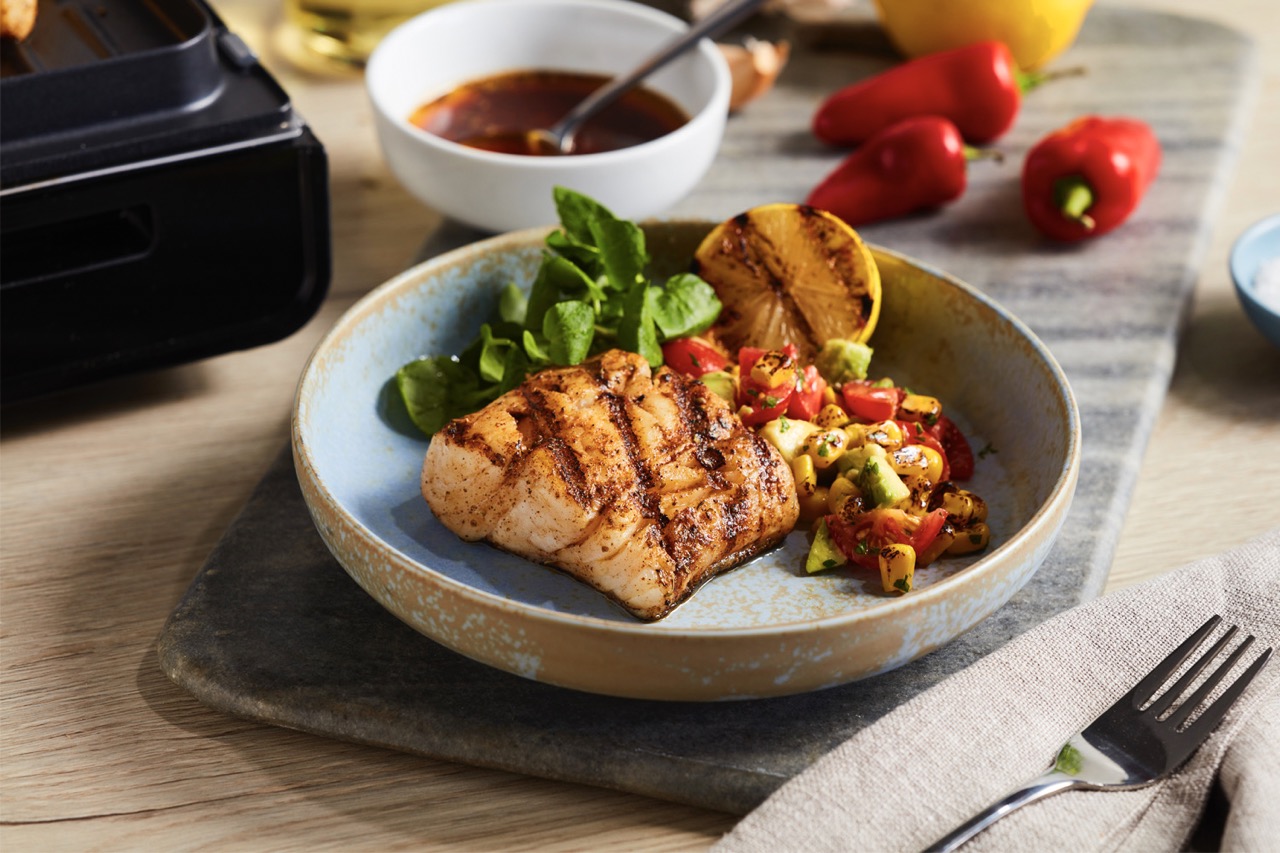
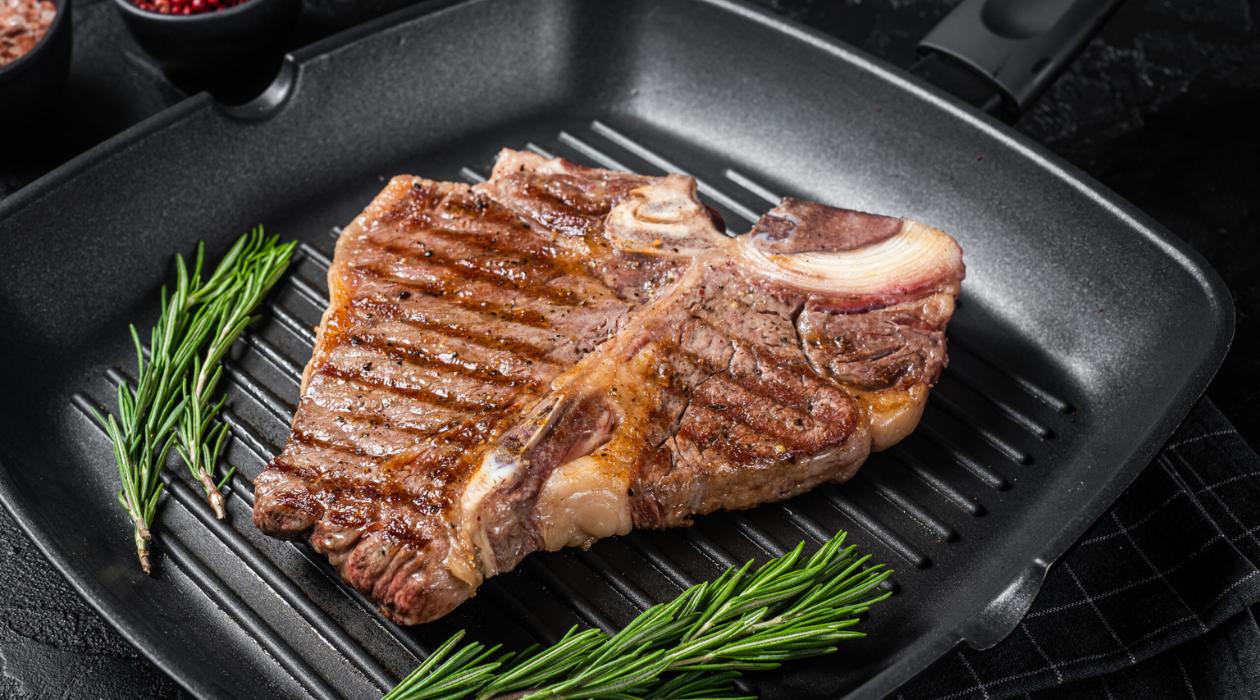
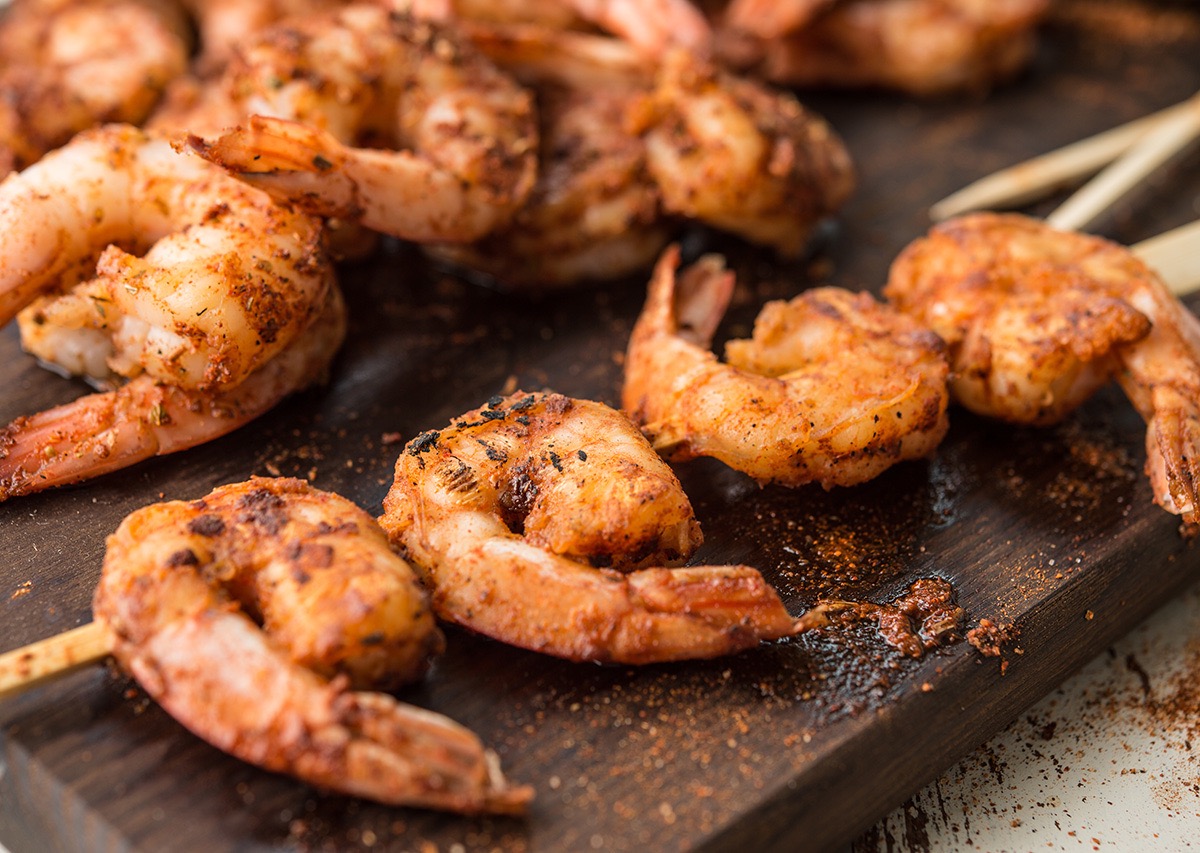
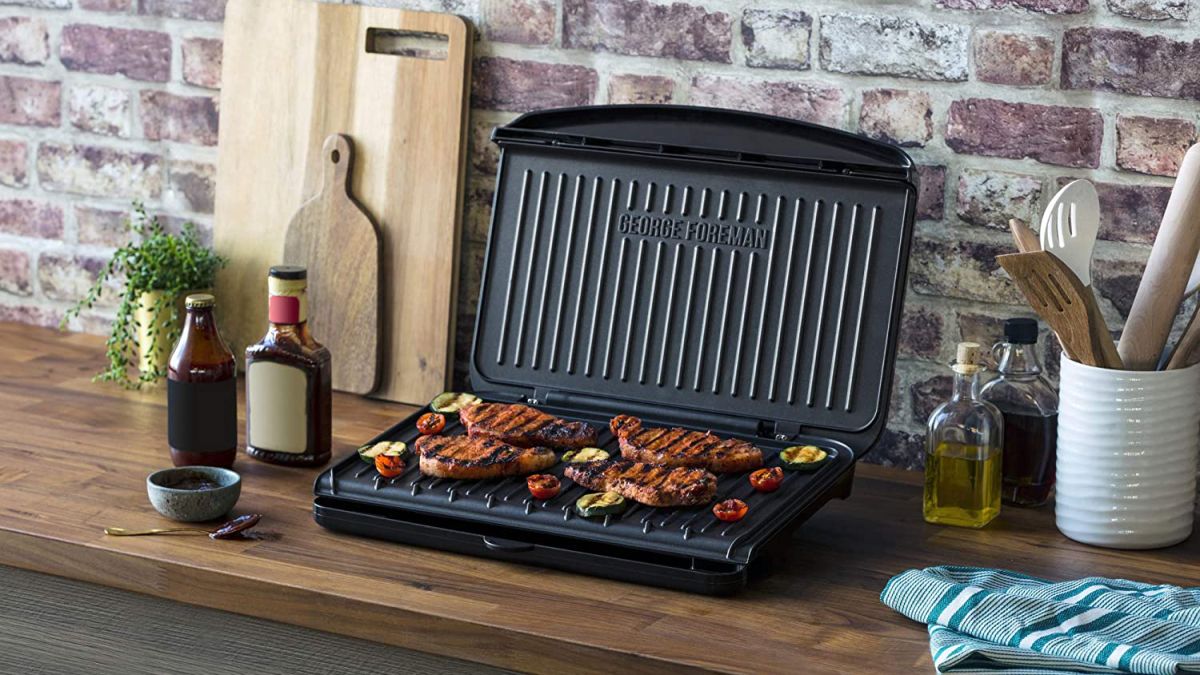

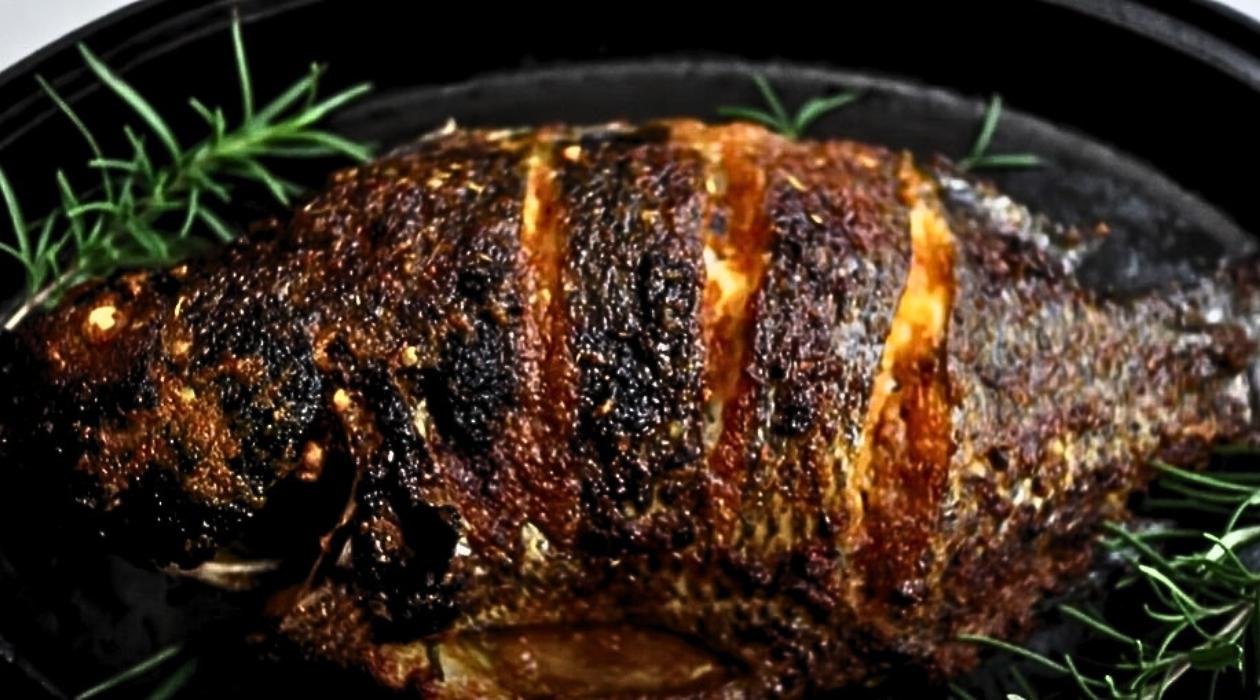
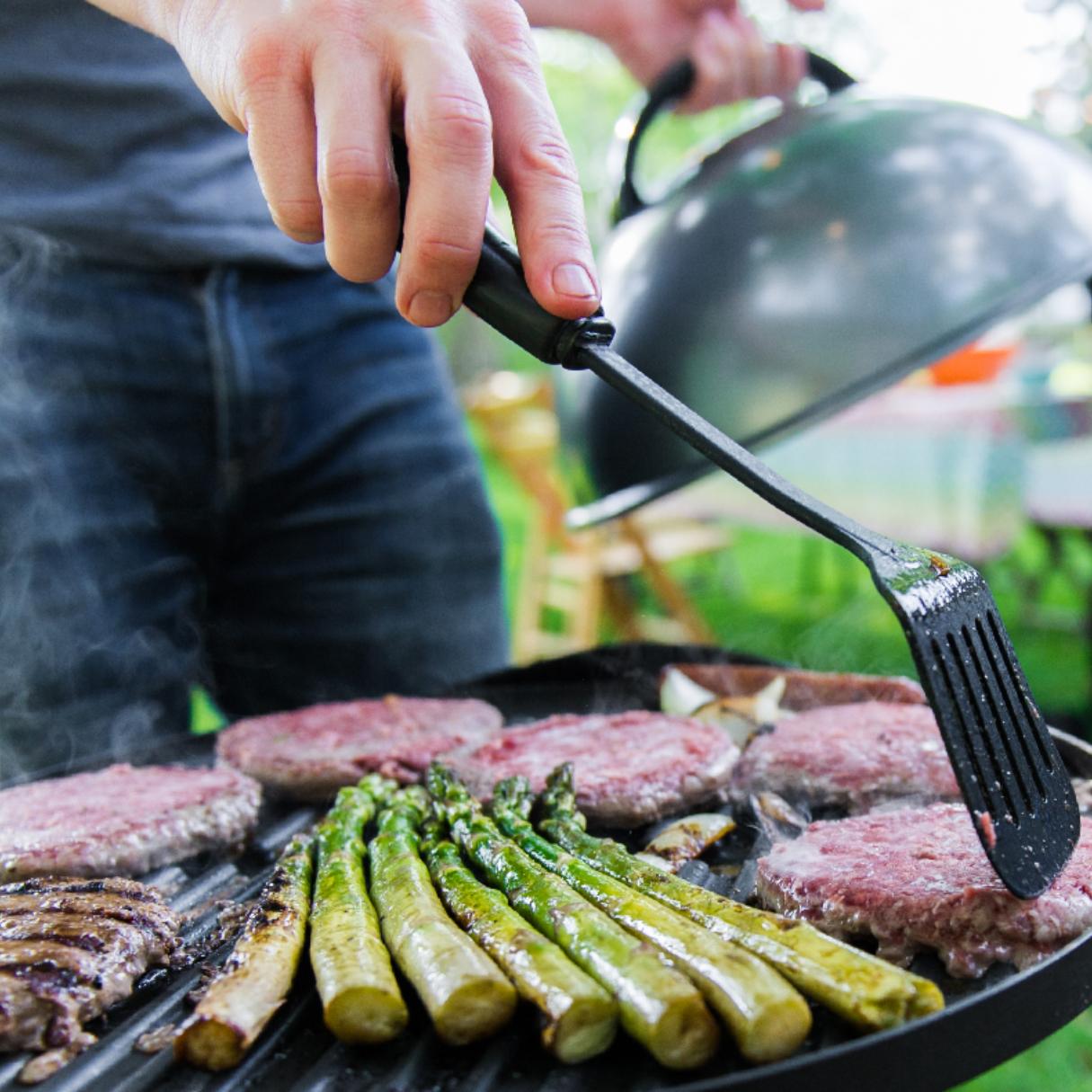
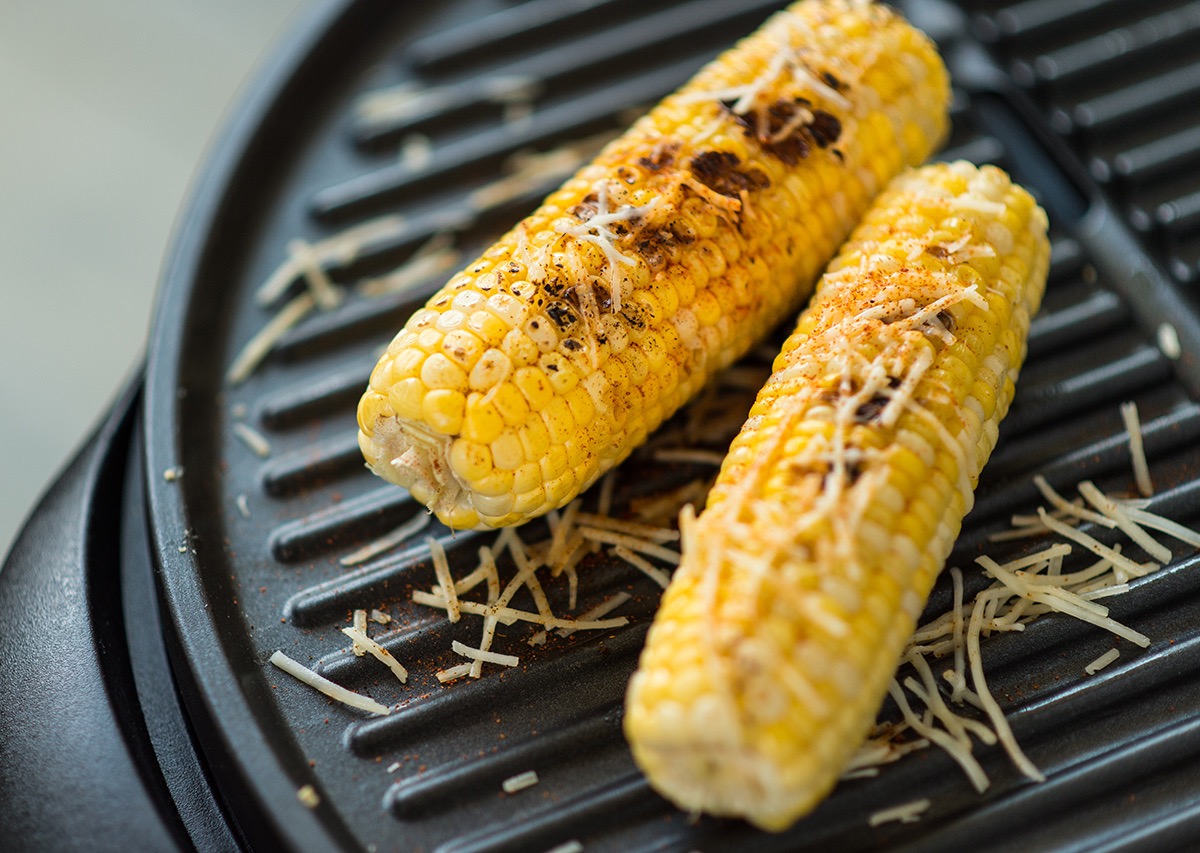
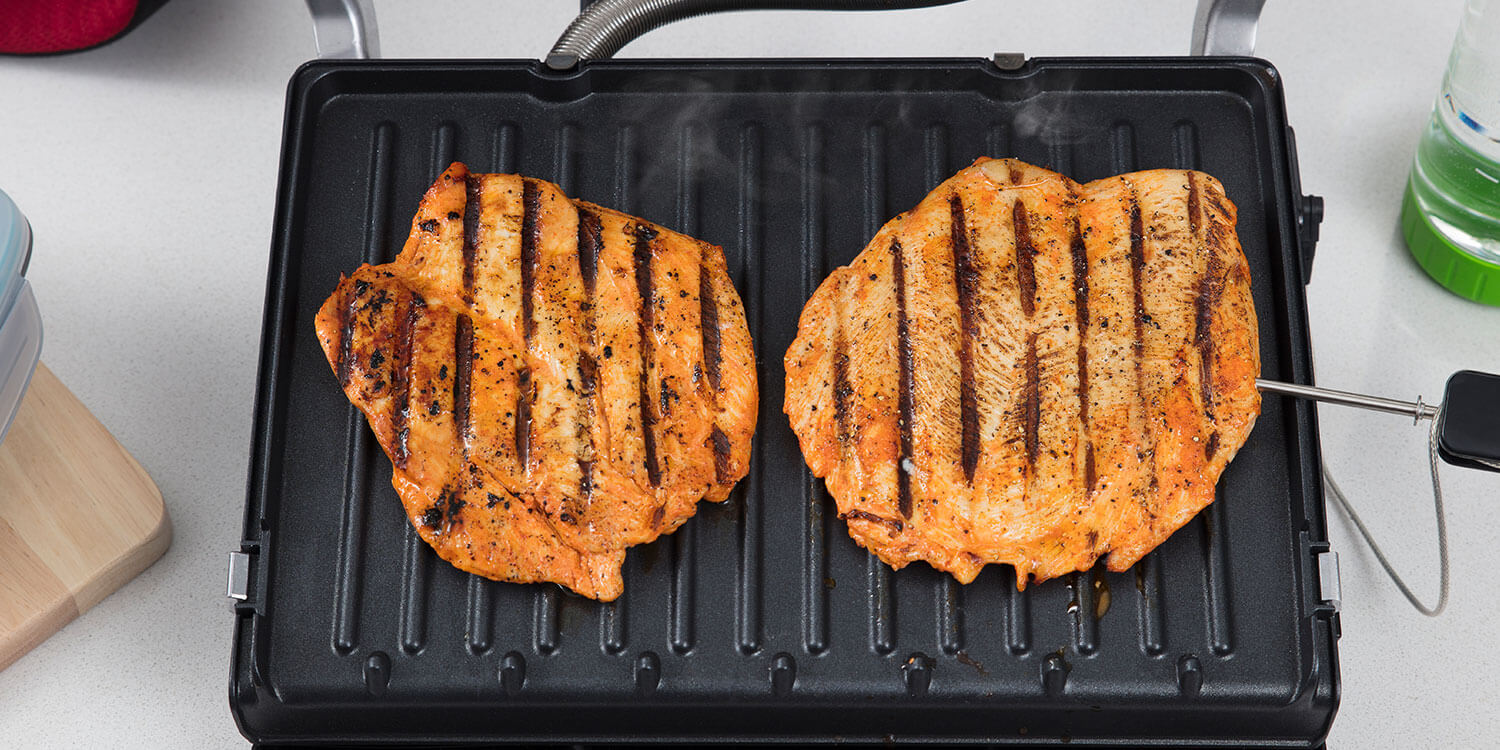
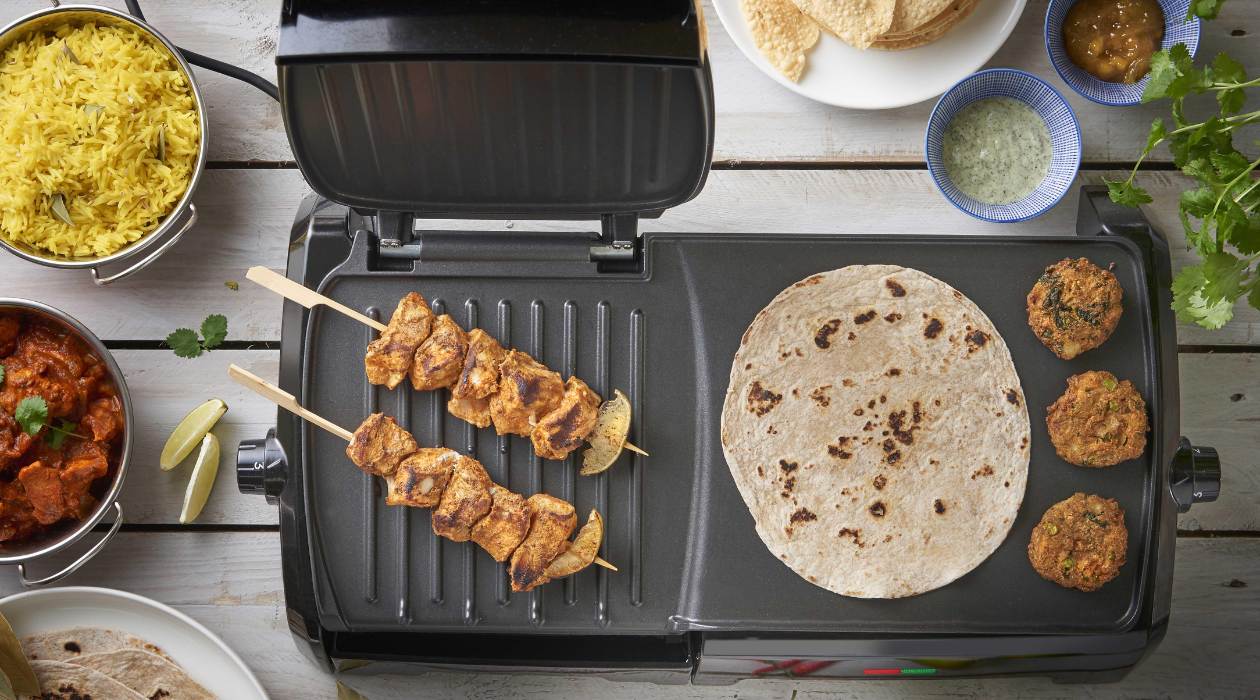

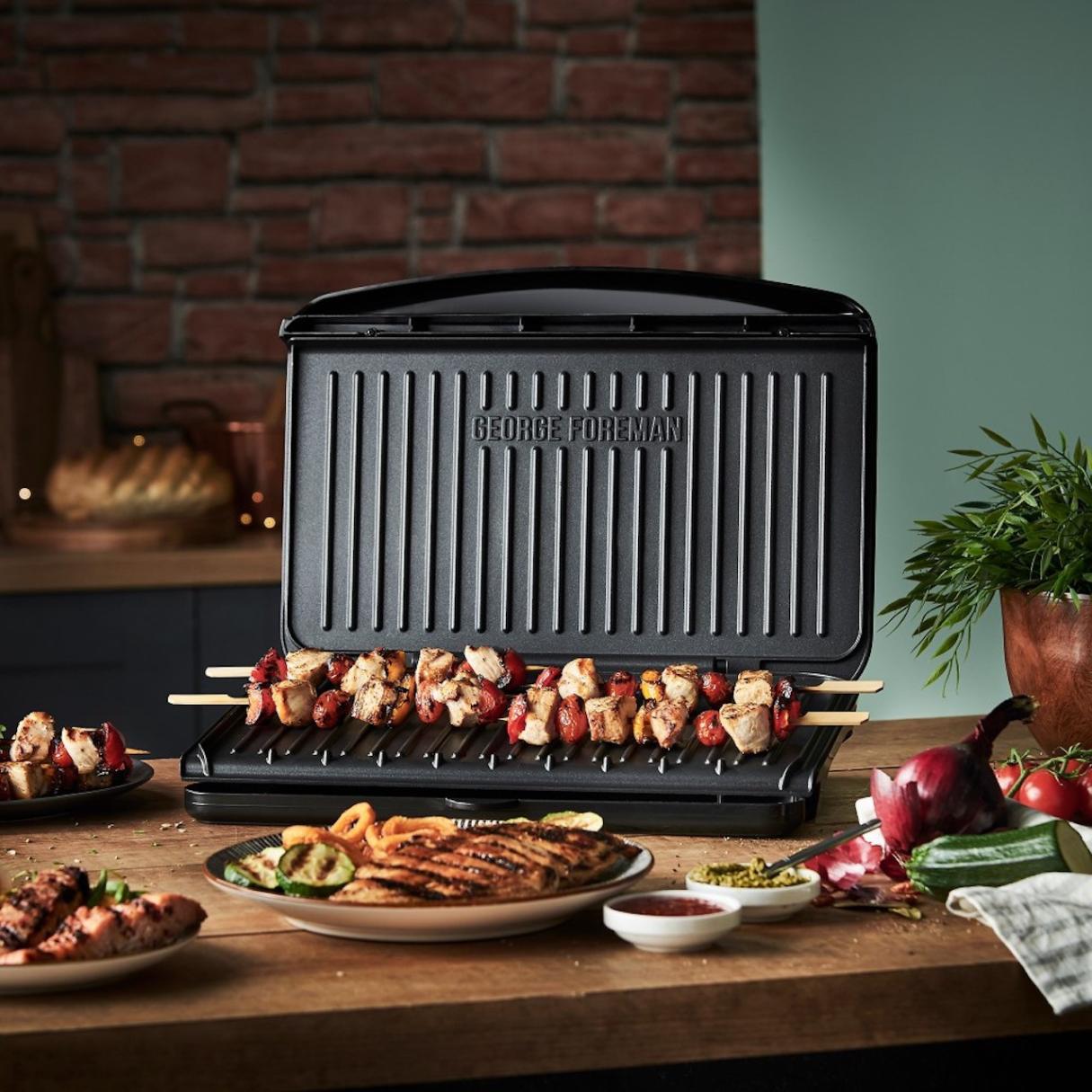

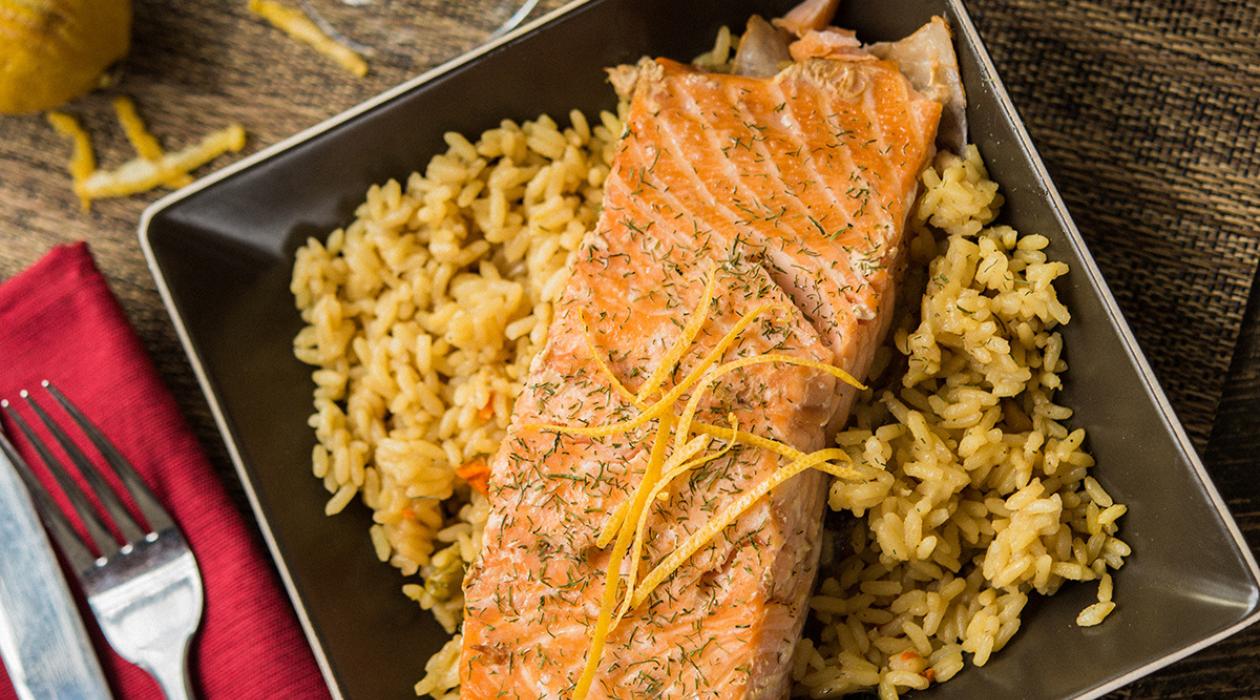

0 thoughts on “How To Cook Filet Mignon On George Foreman Grill”